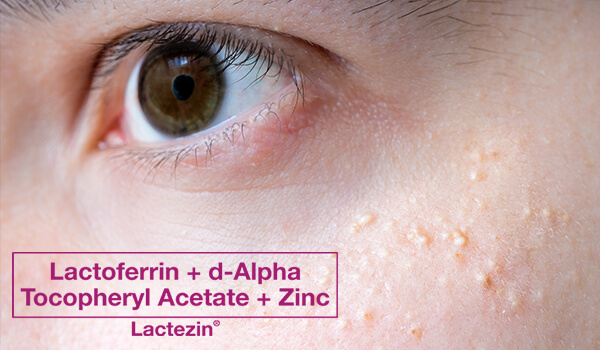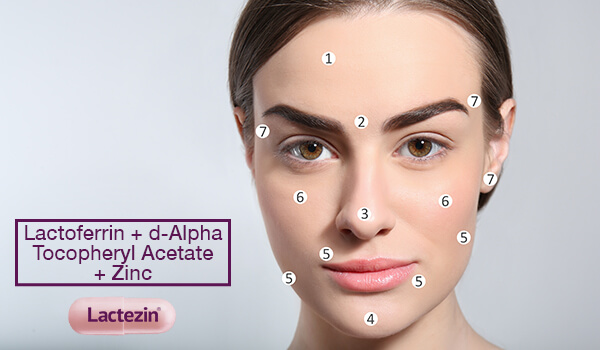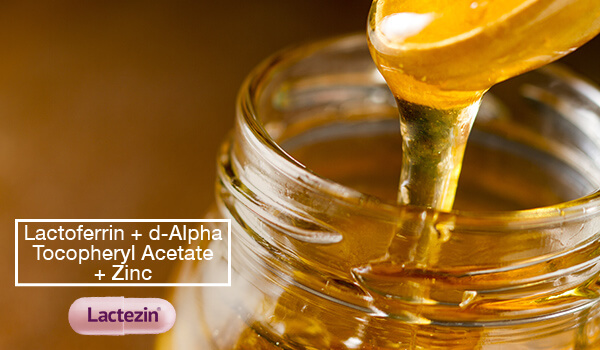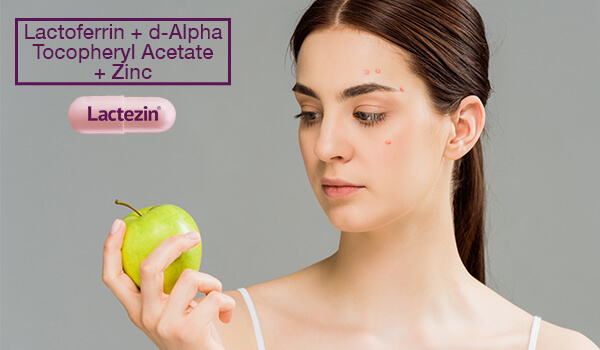Whiteheads, Blackheads, and More: 5 Common Blemishes And How to Deal With Them

Spotting a new blemish on your face can definitely be bothersome. Unfortunately, whiteheads, blackheads, and pimples aren’t the only bumps that make unwanted appearances on your face.
Acne occurs when your pores become clogged with oil, dirt, dead skin and bacteria. This buildup results in swelling, or pimples. However, some bumps and blemishes that appear on the face that mimics the look of acne.
A guide to common blemishes
To guide you, here’s what you need to know about some of the most common bumps you might find on your face and how to treat them, as well as how to determine whether or not they’re worth bringing up to a doctor.
Whiteheads
This type of acne is covered with a thin layer of skin and occurs when a pore gets clogged with sebum, dead skin cells, and debris. This type of blemish can appear anywhere in the body, including the face, chest, and back.
How to treat whiteheads: Cleanse thoroughly but gently. Exfoliate dead skin cells and get rid of oils and debris in your pores with a chemical acid like beta hydroxy, more commonly known as BHA. (Read: Your Cheat Sheet to Fighting Whiteheads)
Blackheads
Unlike pimples, blackheads are not inflamed and often appear flat. Blackheads have a dark, black head (hence the name.) They develop when your skin’s oil becomes trapped on the skin’s surface. The top of the plug that’s exposed oxidizes and turns into a dark blackish-brown spot.
How to treat blackheads: Use a gentle, water-soluble cleanser to thoroughly cleanse the skin without overdoing it. It also helps to use exfoliating products like scrubs that help remove dead skin cells. (Read: How to Build a Skin Care Routine for Lesser Blackheads)
Milia
Milia is a type of skin lesion that can mimic a pimple. These pale, raised dots often appear around the eyes, but milia can also show up on other areas of the skin. They can look like whiteheads but are actually tiny keratin cysts that form in a pore. Milia are encased under the skin and can sit there for months.
How to treat Millia: While milia are harmless, many people want to get rid of it for cosmetic reasons. Dermatologists typically puncture the skin with a sterile instrument, then use a comedone extractor to squeeze them out of the skin.
Keratosis pilaris
Keratosis pilaris, often called chicken skin, is a common skin condition that causes patches of rough-feeling bumps to appear on the skin. These tiny bumps or pimples are actually dead skin cells plugging the hair follicles. These bumps sometimes appear red or brown in color.
How to treat Keratosis pilaris: A doctor may recommend a moisturizing treatment to soothe dry, itchy skin. At home, it can be treated through exfoliation and by avoiding tight clothes that cause friction that irritates the skin
Allergies
Some skin products can clog pores and cause you to break out, but in some cases, even non-comedogenic products may cause allergic reactions and rashes that can look like acne.
The difference? An allergic reaction tends to itch, while acne doesn’t cause itching.
How to treat allergies: Bumps and rashes that are itchy can be treated with topical ointments and creams.
SOURCES:
https://www.self.com/story/common-face-bumps-how-to-deal-with-them
https://www.healthline.com/health/raised-skin-bump#pictures-of-raised-skin-bumps


